On Wednesday - July 26, the opposition coalition - INDIA (Indian National Developmental Inclusive Alliance) has taken a massive step that would eventually put it in abyss. However, despite taking a failed move, the opposition parties can boast themselves that they are on the same page and will remain so when it comes to taking on the ruling BJP regime.
This massive step that the parties took on Wednesday was solely targeting Prime Minister Narendra Modi to speak about the ongoing Manipur violence in the Parliament. Modi had remained a mute spectator over the Manipur violence for nearly three months and remains evasive from initiating efforts to restore normalcy in what otherwise remains a 'jewel land of India'.
On Tuesday - July 25, the INDIA coalition with 26 opposition parties had decided to bring a no-confidence motion against the Modi regime in Lok Sabha. Congress party's MP Gaurav Gogoi had issued notice to take up the no-confidence motion in the lower house on Wednesday in the midst of stalled chambers of the Parliament over the Manipur violence.
IANS has quoted the sources saying that the decision to table the no-confidence motion was taken during the meeting of the leaders of the opposition bloc that was held in the parliament chamber of Congress national president and Rajya Sabha's Leader of the Opposition, Mallikarjun Kharge. The opposition leaders had expressed a sense that it is certain that the Modi regime will less likely respond to the collective demand from the Opposition, urging the Prime Minister to speak about the Manipur violence in Lok Sabha.
The leaders also felt that in the midst of logjam, the Modi regime would introduce bills in the lower house amid the protests and with the view to put pressure and corner the government, it was agreed among the leaders that the introduction of no-confidence motion against the Modi regime is inevitable. When the lower house has commenced its affairs on Wednesday, Gaurav Gogoi's notice was taken up in the house.
As per the parliament protocol, if a notice needs to get admitted for voting, it would need the support of at least 50 MPs. When the notice for no-confidence motion against the Modi regime was brought up, Speaker Om Birla held a head-count voting and as it has the support of over 50 MPs as the members from the opposition bloc backed the notice, the Speaker has admitted the notice.
However, though the Speaker had accepted the no-confidence motion against the Modi regime, it has been reported that he would fix the date and time to take up the motion in the lower house later. Along with the opposition coalition, the Telangana-ruling Bharat Rashtriya Samithi (BRS) had also issued a notice for a no-confidence motion. Even if the motion is introduced in the lower house, PM Modi can escape it as it won't reap enough votes.
BJP enjoys a clear majority in the lower house while the opposition bloc only has 150 members and the motion against Modi would eventually be defeated. In the albeit of that, the opposition parties say though they lose the motion, they can win the battle of applying a stern pressure on the government on the Manipur issue and that this motion would be their strategy to make the Prime Minister to speak in the Parliament over the violence.
It was this strategy that brought the opposition bloc to protest before the Parliament urging Modi to break his silence in the people's house, though the BJP regime urges the opposition to settle down with the response from Union Home Minister Amit Shah. In the midst of these twists and turns in the ongoing monsoon session, let's take a look at three prime ministers who had lost such no-confidence motions in the Lok Sabha in the past.
VP Singh
Vishvanath Pratap Singh, often called as VP Singh, was the first Prime Minister to lost a no-confidence motion in Lok Sabha. He was a member of the Janata Dal party and has held the office of Prime Minister from 1989 to 1990. During his tenure, Singh led a coalition government called the National Front, which was supported by the BJP.
However, BJP had later withdrawn its support over the Ram Temple row, which pushed Singh to prove his confidence to run the government. The no-confidence motion was introduced in Lok Sabha and eventually, VP Singh had lost the motion as while 142 votes were in favour of him, 346 members had voted against him and the motion was passed.
HD Deve Gowda
Deve Gowda is one of the Indian Prime Ministers with a short tenure. The Chief of Janata Dal Secular - JD(S), Gowda became the Prime Minister in June 1996, in a coalition government of United Front with the support of the Congress party. As the Congress party had withdrawn its support, Gowda faced a no-confidence motion. The motion was moved in the lower house in April 1997 and with just 158 votes, Gowda lost the motion and left the office. Till date, Gowda, a native of Karnataka, is the only South Indian to serve as the Prime Minister.
Atal Bihari Vajpayee
Vajpayee was BJP's first Prime Minister and he took office in 1996. As a kingpin of the BJP during that time, Vajpayee had faced no-confidence motion twice. He had lost the first no-confidence motion by just a single vote in 1999 after ADMK-led by Jayalalithaa had withdrawn the support for his government. Vajpayee faced a no-confidence motion for the second time in 2003 and this time, he won the battle with a huge majority.
It is certain that these three Prime Ministers had lost the no-confidence motions when they were serving the office in a coalition government. On the front of who faced more no-confidence motions till now, it was not these three Prime Ministers as the top spot is held by former Prime Minister Indira Gandhi. India had witnessed 27 no-confidence motions so far, of which, 15 were against Indira Gandhi. But, she remained invincible that she was never defeated by these barrage of motions.



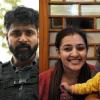

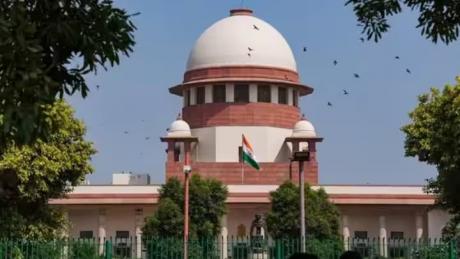
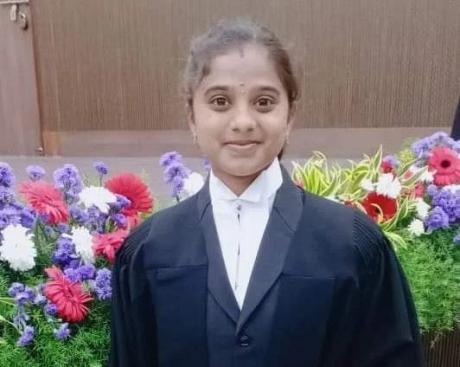
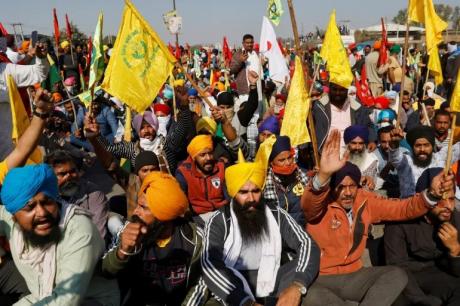
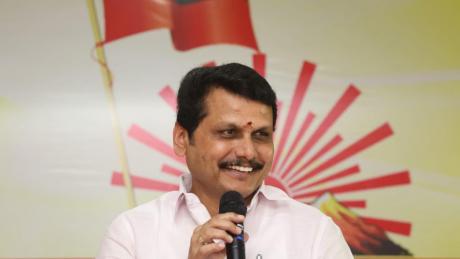
Comments